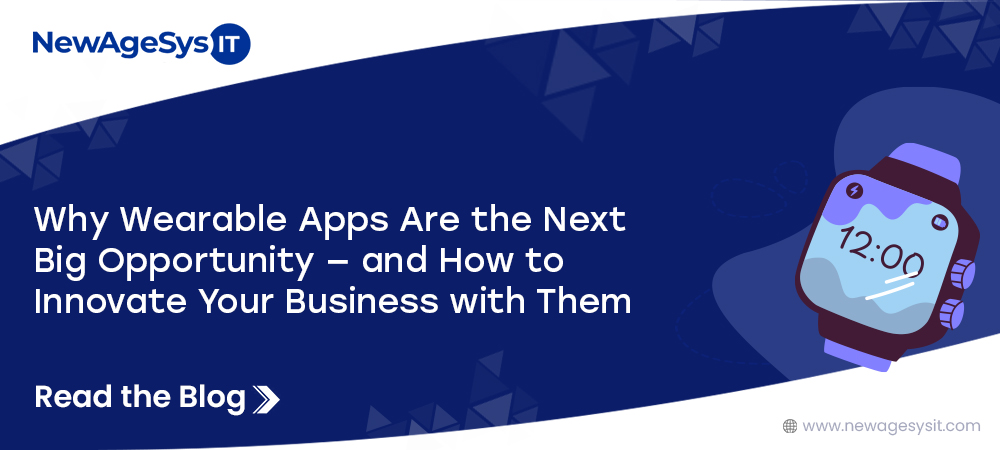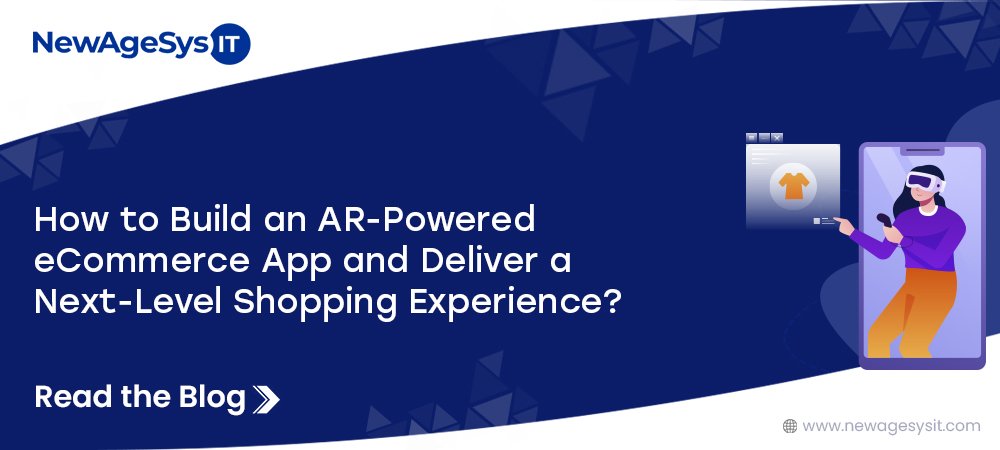What is On-demand Apps?
In simple terms, On-demand apps are known as digital solution, accessible through the web or mobile devices, that enables users to promptly receive or schedule various services and purchase products from specific companies. In this blog, we can explore how On-Demand Apps shape your Business to new heights.

Take Uber as an exemplary case – it is a prime example of on-demand apps that transformed service delivery. Uber’s groundbreaking business model, focused on linking customers with service providers while owning minimal physical assets beyond the mobile and web platforms, served as a blueprint for other industries. Consequently, it led to the emergence of similar apps like Zomato for food delivery and Airbnb for accommodations.

Key Features of On-demand Apps
1. Registration and Profile Creation in On-demand Apps
Provide user registration capabilities depending on your on-demand app’s business model. For a multi-vendor marketplace, design registration forms for both users and companies.

How NewAgeSysIT Assists with On-Demand App Development
As the leading mobile app development company, NewAgeSysIT offers customized app and web solutions specific to your needs. We have a team of experts with proven knowledge and skills in building on-demand apps. At NewAgeSysIT, we develop and market your apps with result-driven strategies.
As On-demand apps are on the rise, we know what features and functions can set your app apart. We have built successful On-demand apps that get ranked in app stores. If you have an idea, talk to us, and we can guide you with the right app strategy.
Our process is where we plan, develop, and deliver. Once your app gets built, we conduct robust testing practices, ensuring your app is ready to go live. We also share our monthly marketing plan along with the monthly results. We also provide you with maintenance and support throughout your app journey. Head to our case studies and testimonials to see how our on-demand apps rank and what our clients want to say.










